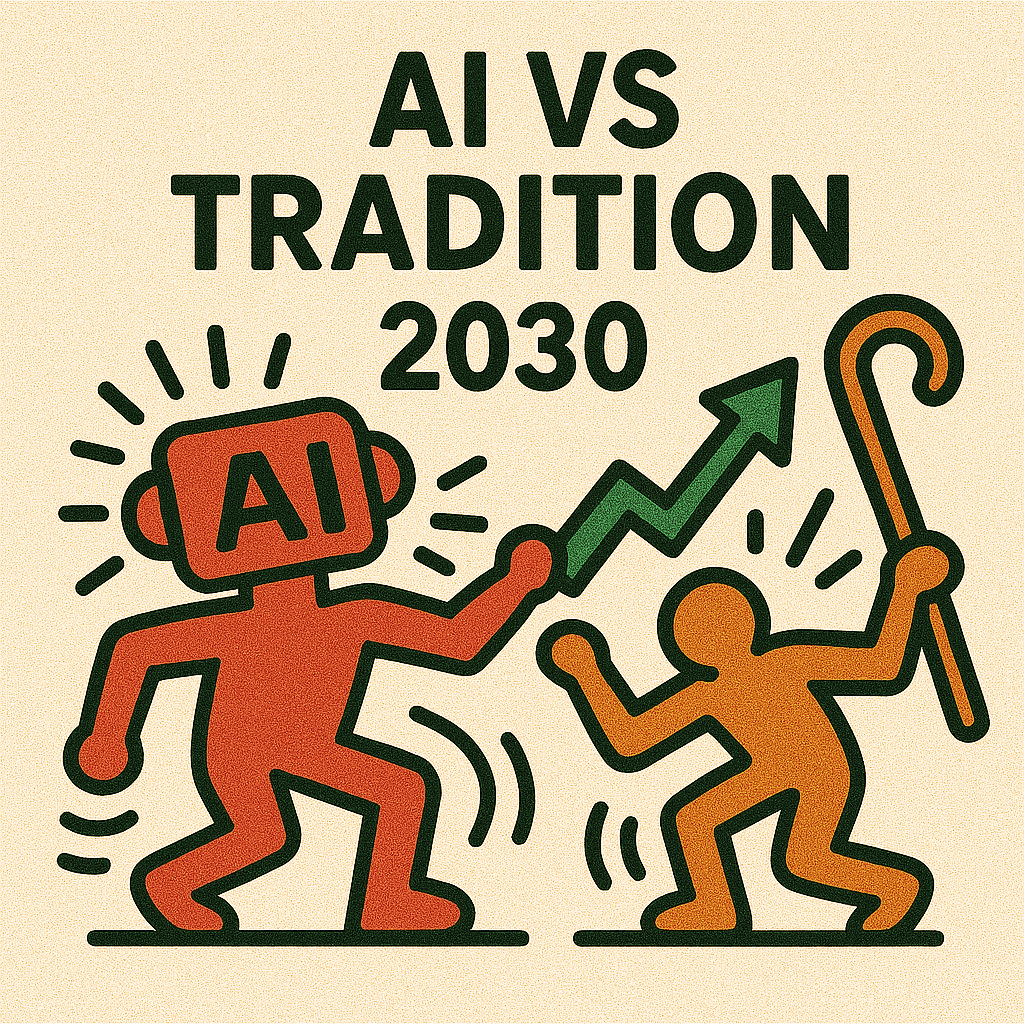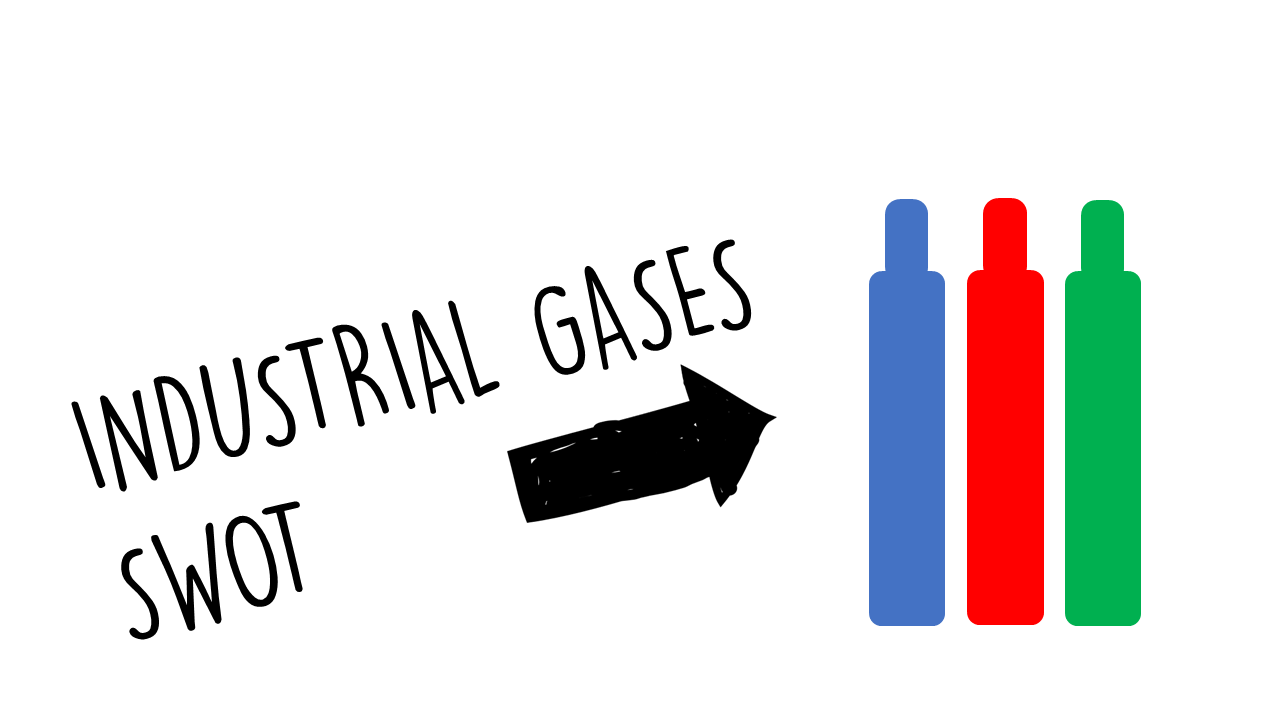Here are some reasons why AI-B2B leaders are very likely to outperform traditional B2B managers by 2027 — and what it takes to make the difference.
What we mean by “AI-B2B leaders”
By that I mean organizations (and leaders) that:
- systematically embed AI (including generative AI, machine learning, advanced analytics) into key workflows: sales, marketing, pricing, customer support, forecasting, etc.
- use data not just for reporting, but for real-time decision making, for predictive insights, for automating and optimizing.
- adapt their culture, skills, operating model to let AI augment human capabilities (not just automate routine work).
By contrast, “traditional B2B managers” rely more on legacy processes, human-led decisions, slower feedback loops, less automation, more manual supervision and less use of predictive analytics.
Why AI-B2B Leaders will likely pull ahead by 2027
Here are key advantages, supported by evidence, plus risks and what traditional managers will struggle with.
| Advantage | What it enables / how it plays out | Evidence / Trends |
|---|---|---|
| Speed & efficiency | AI leaders can reduce or eliminate many routine tasks: lead qualification, proposal drafting, scheduling, basic customer service, data cleaning, reporting. This frees human resources for higher-value work (strategy, relationships). Also faster response times to market changes. | McKinsey’s research shows B2B sales orgs using generative AI are gaining 10-15% gains in productivity from automation and workflow improvements. McKinsey & Company |
| Better data-driven decision making & insight | Ability to anticipate churn, detect growth adjacencies, personalize offers, adjust pricing dynamically. Traditional methods often lag behind or rely on gut, lagging indicators. AI leaders have predictive insights, see opportunity earlier. | McKinsey: “AI-powered opportunity identification” is a major lever for growth in B2B sales leaders. McKinsey & Company Also, firms implementing AI in B2B marketing see greater stock returns than peers without AI. ScienceDirect |
| Improved Customer Expectations & Experiences | Buyers in B2B want faster response, more personalization, more transparency. AI helps deliver those: personalized value propositions, better service, anticipating needs. Traditional managers are often slower to meet these rising expectations. | From “Harnessing generative AI for B2B sales,” customers value improved efficiency, top-line growth, better CX. McKinsey & Company Also the “AI adoption driving ROI” report for UK/EU B2B revenue teams. IT Pro |
| Scalability & adaptability | AI leaders can scale processes without linear increases in headcount. They can adapt more quickly to changing markets, new technologies, new competition. Traditional B2B managers may have more inertia, legacy systems, resistance to change. | The BCG “AI at Work 2025” report notes that organizations reshaping workflows with AI benefit significantly more than those that only deploy piecemeal tools. bcg.com Also, McKinsey on growth leaders using tech + AI to execute strategies better. McKinsey & Company |
| Cost effectiveness & margin pressure | As costs rise, competition intensifies, margins get squeezed. AI allows optimizing pricing, reducing waste, automating cost centers, reducing error, optimizing resource allocation. Traditional managers slower to optimize in those areas. | McKinsey: AI-enabled pricing, microsegmenting customers, etc. lead to cost and margin benefits. McKinsey & Company Also “Fully leveraging AI in B2B sales” shows how AI insights help resource allocation. ScienceDirect |
| Talent & Culture Advantages | AI leaders tend to attract talent interested in innovation. They upskill existing staff. They build cultures more comfortable with experimentation, data literacy, cross-functional collaboration. Traditional setups may have resistance, slower change, skills gaps. | BCG’s survey: frontline employees use AI more where leadership supports it; training matters a lot. bcg.com Also “How AI Is Redefining Managerial Roles” (HBR) suggests as AI takes over more coordination etc., managers can focus on more strategic, human-centric leadership. hbr.org |
Challenges for Traditional B2B Managers
Here are what traditional managers will struggle with, which gives AI-B2B leaders their edge:
- Slower decision cycles: they don’t have instant feedback loops, often rely on monthly/quarterly data, so less nimble.
- Manual / less automated workflows: more human effort, more mistakes, less scalability.
- Lack of predictive insight: only after problems happen do they react; less ability to foresee risk (churn, shifting demand, competition).
- Inefficient cost structure: more overhead, less optimized pricing / segmentation; difficulty adjusting to margin pressure.
- Talent gaps: difficulty hiring or upskilling people in data science, AI literacy; resistance to change from employees; potential internal friction.
What will decide who wins
It’s not inevitable that AI-enabled leaders will always win — there are success factors and risks. For those aiming to be among the leaders, these are essential:
- Strategic alignment: AI must be integrated strategically, not just randomly. Tied to business outcomes (growth, profitability, customer satisfaction).
- Data infrastructure & quality: you need good data, clean, accessible, integrated across systems. Poor data leads to bad insights.
- Change management & culture: employees must buy into AI; training; leadership must champion it; willingness to experiment and fail.
- Ethics, transparency & trust: especially with AI in decision-making, pricing, or customer interactions. Missteps here can erode trust.
- Continuous learning & adaptability: because AI tools, competitive landscapes, customer expectations keep changing.
Likely Timing & Scale by 2027
By 2027, I expect:
- A substantial subset of B2B companies (especially in tech, industrial, finance, large scale) will have AI deeply embedded in their commercial operations.
- There will be a visible performance gap: faster growth rates, better margins, more innovation, better customer retention for AI leaders vs traditional ones.
- Traditional B2B managers who haven’t embraced AI will likely see shrinking market share, more difficulty competing on price, and increasing pressure on costs.
Let’s structure a clear Action Plan Q4 2025 – Q2 2026 for building AI-B2B Leadership in Key Accounts using your 3 pillars: Analytics → GenAI → Automation.
📈 AI-B2B Readiness Action Plan
Timeline: Q4 2025 – Q2 2026
Focus: Key Accounts → New Business, Pricing, Performance
1️⃣ B2B Key Account New Business Generation
Objective: Use AI to identify, qualify, and win new key accounts faster.
Actions:
- Q4 2025:
- Deploy AI-powered analytics on CRM + external data (industry signals, procurement tenders, LinkedIn, sector reports) to build a Top 50 Prospect List.
- Use GenAI to draft personalized outreach sequences (emails, LinkedIn messages, proposals).
- Q1 2026:
- Launch AI-scoring model for prospects → rank by likelihood-to-convert.
- Automate follow-ups and meeting scheduling via AI-powered CRM bots.
- Q2 2026:
- Scale across regions → set monthly KPIs (Leads Generated, Conversion %, Sales Cycle Days).
- Review and refine models quarterly.
Expected ROI: 30–40% reduction in acquisition cost per account; 20% faster deal closing.
2️⃣ Key Account Pricing Formula Creation & Implementation
Objective: Build a dynamic pricing system balancing margin & competitiveness.
Actions:
- Q4 2025:
- Consolidate pricing history, competitor benchmarks, and market signals.
- Use AI analytics to detect hidden patterns (elasticity, discount abuse, seasonal shifts).
- Q1 2026:
- Develop a GenAI-based Pricing Formula → propose optimal price bands per customer segment.
- Pilot formula in 5 key accounts → compare vs. legacy model.
- Q2 2026:
- Automate pricing suggestions directly in sales dashboards & CPQ tools.
- Implement AI guardrails to flag margin risks instantly.
Expected ROI: 2–3% margin uplift per account = millions in B2B industries.
3️⃣ Key Account Dashboard for Performance Management
Objective: Create a single cockpit for executives & account managers.
Actions:
- Q4 2025:
- Define dashboard KPIs: Revenue, Margin, Pipeline, Pricing Compliance, Churn Risk, NPS.
- Build AI-powered data connectors (ERP, CRM, Finance).
- Q1 2026:
- Launch GenAI-assisted dashboard insights: automatic commentary (“Revenue dropped due to X”, “Upside potential in Y”).
- Train managers on AI-driven decision loops (weekly review with automated insight briefing).
- Q2 2026:
- Automate alerts & recommendations → if churn risk rises, dashboard suggests playbooks (discount, bundle, renewal campaign).
- Scale dashboards to top 20 accounts.
Expected ROI: Better visibility → 25% faster reaction to risks/opportunities.
🎯 Success Metrics (Q4 2025 → Q2 2026)
- +20% New Business from AI-scored leads
- +2–3% Margin Uplift from pricing formula
- 90% Dashboard Adoption among account managers
- Weekly AI Insight Reviews embedded in leadership rituals
🚀 Next Step
👉 Integrate this Action Plan into your AI-B2B Readiness Dashboard with milestones, owners, and KPIs.

🔎 AI-B2B Readiness Self-Check (5 Questions)
Q1. Do you currently use AI tools (analytics, GenAI, automation) in at least 3 key B2B workflows (sales, marketing, customer service, pricing)?
- Yes → 2 pts
- Partly → 1 pt
- No → 0 pts
Q2. How often does your leadership team take decisions based on real-time AI insights rather than quarterly reports?
- Frequently → 2 pts
- Sometimes → 1 pt
- Rarely → 0 pts
Q3. Do you have an AI-upskilling program for managers and frontline staff?
- Yes, structured → 2 pts
- Ad-hoc → 1 pt
- None → 0 pts
Q4. Is your data infrastructure (CRM, ERP, customer data, pricing data) clean, integrated, and AI-ready?
- Yes → 2 pts
- Partly → 1 pt
- No → 0 pts
Q5. How aligned is AI adoption with your business strategy (growth, efficiency, customer satisfaction)?
- Fully aligned → 2 pts
- Somewhat aligned → 1 pt
- Not aligned → 0 pts
📊 Scoring
- 8–10 pts → AI-B2B Leader: You’re on track to outpace traditional managers.
- 4–7 pts → AI-B2B Challenger: You’re making moves, but need stronger alignment & infrastructure.
- 0–3 pts → Traditional B2B Manager: High risk of being left behind by 2027.
🚀 Ready to Lead the AI-B2B Shift?
AI-Leaders thrive the marathon sprint , traditional managers wonder what’s going on here.
Don’t get left behind. By 2027, AI-B2B Leaders will set the pace in every industry.
👉 Book Your Free 30-Minute Strategy Call and discover how RapidKnowHow + ChatGPT can help you transform from a Traditional Manager into an AI-B2B Leader.




